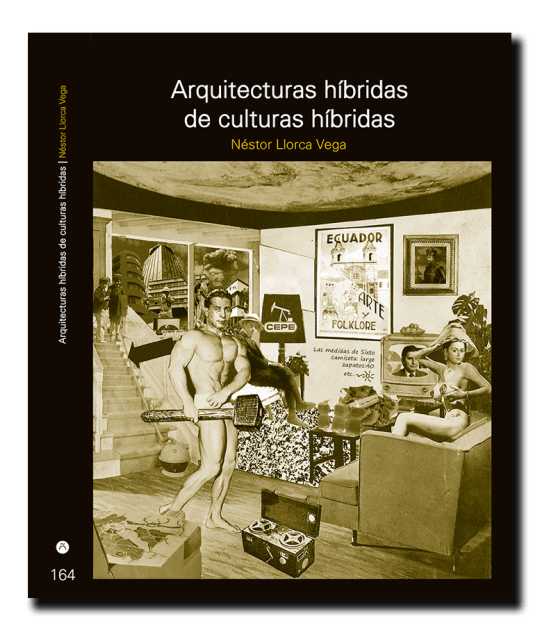The book makes a highly recommended tour of three houses or minimum dwellings. Starting with the cabin of writer, poet and naturalist Henry David Thoreau in the mid-19th century (between 184 and 1847), located in Walden Pond northwest of Boston. The cabin that cost $28 and of which there are no remains (there is a replica), about 3 meters by more than 4m.
The second cabin is built a century later in 1952 by Le Corbusier, the Cabanon, with very similar and also very precise dimensions of 3.66 meters by 4.36 meters. A gift for his wife in a very special place on the Côte d'Azur, Cap Martí, France and a few meters from the controversial house E1027.
Taking as reference the lessons learned from the analysis of these two cabins, the students of the Texas Tech University School of Architecture and their professor, Urs Peter Flueckiger, designed an ecological and economic cabin, with the same parameters uses to built by Thoreau and Le Corbusier (I dare not say with the same spirit). "This book explores three minimum housing solutions and their project approaches," says Flueckiger himself in the introduction, "through drawings and photographs, the book reveals striking similarities between the three projects."
The second cabin is built a century later in 1952 by Le Corbusier, the Cabanon, with very similar and also very precise dimensions of 3.66 meters by 4.36 meters. A gift for his wife in a very special place on the Côte d'Azur, Cap Martí, France and a few meters from the controversial house E1027.
Taking as reference the lessons learned from the analysis of these two cabins, the students of the Texas Tech University School of Architecture and their professor, Urs Peter Flueckiger, designed an ecological and economic cabin, with the same parameters uses to built by Thoreau and Le Corbusier (I dare not say with the same spirit). "This book explores three minimum housing solutions and their project approaches," says Flueckiger himself in the introduction, "through drawings and photographs, the book reveals striking similarities between the three projects."
The space we live in, reduced to a minimum, has been fascinating us for generations.
The writer Thoreau lived in a self-built hut in the forest from 1845 – 1847. In 1952, Le Corbusier built a hut at the Cote d‘Azur for himself and his wife. Inspired by this, Urs Peter Flückiger, built with his students, an ecologically and economically sustainable cabin in the Texan prairie. All 3 projects share the idea of minimal space and its relationship with the surrounding nature. In text, drawings, and photographs, this book analyses the three projects and shows parallels and similarities.
Inspired by Tolstoy’s story How much earth does man need?, the author asks: "How much house does a person need?", thereby providing a pointed contribution to the current discussion on the requirement for housing.
The writer Thoreau lived in a self-built hut in the forest from 1845 – 1847. In 1952, Le Corbusier built a hut at the Cote d‘Azur for himself and his wife. Inspired by this, Urs Peter Flückiger, built with his students, an ecologically and economically sustainable cabin in the Texan prairie. All 3 projects share the idea of minimal space and its relationship with the surrounding nature. In text, drawings, and photographs, this book analyses the three projects and shows parallels and similarities.
Inspired by Tolstoy’s story How much earth does man need?, the author asks: "How much house does a person need?", thereby providing a pointed contribution to the current discussion on the requirement for housing.

































